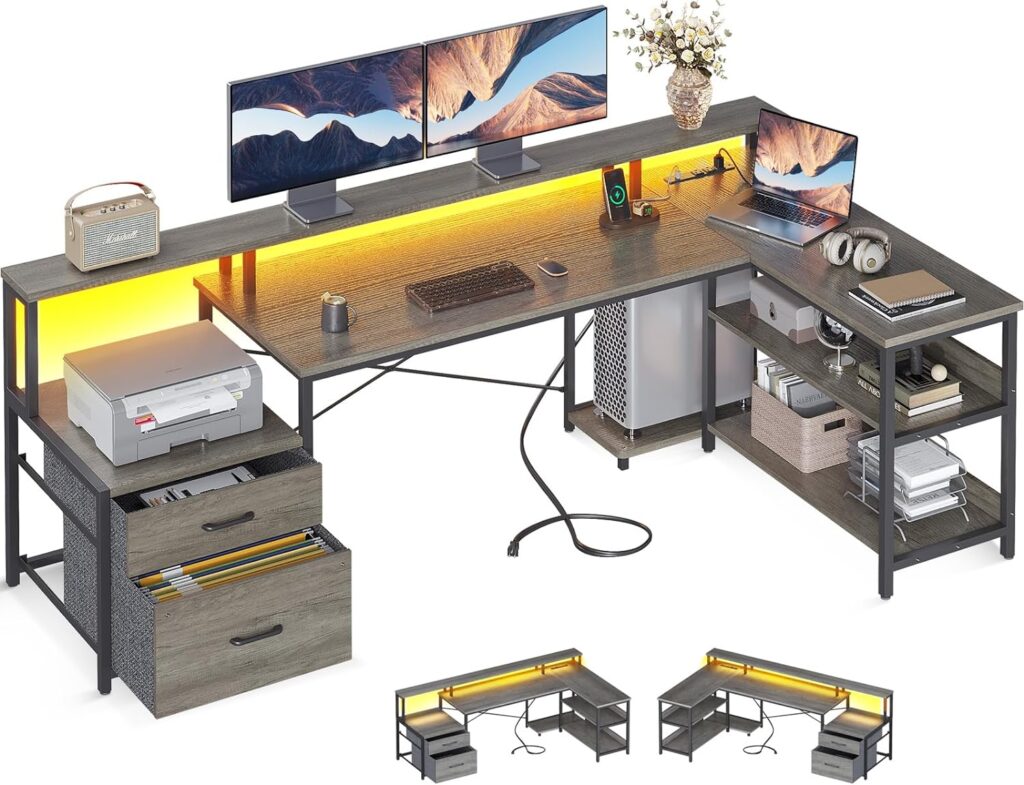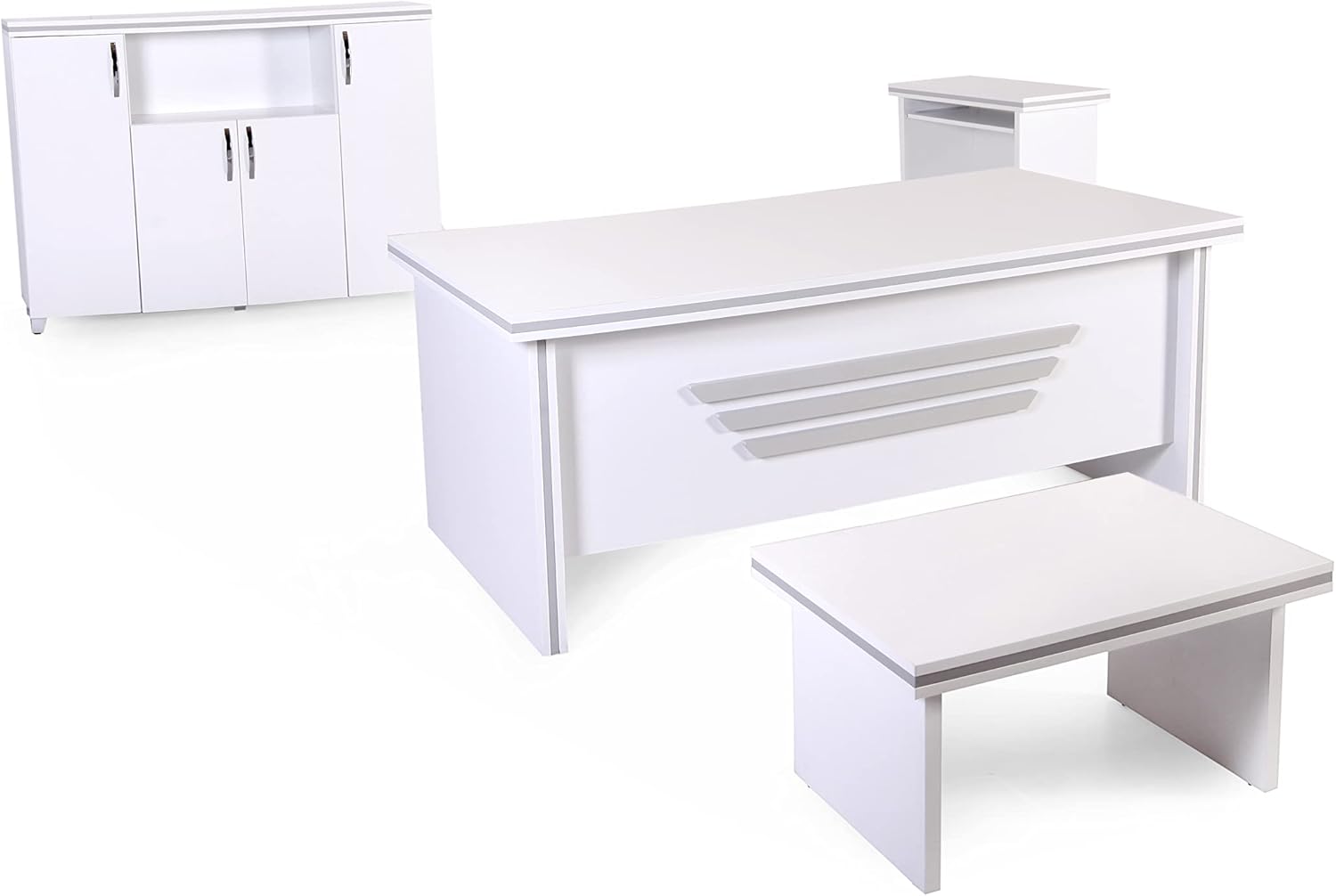Whether you’re a seasoned office worker or just beginning to build your home office, one essential question to consider is, “How high should my office desk be?” The height of your desk can make a significant difference in your comfort, productivity, and long-term health. The correct desk height can prevent work-related injuries like carpal tunnel syndrome, neck strain, and back problems.
In this comprehensive guide, we will unravel the ideal desk height for you, discuss the importance of ergonomics, and offer some tips to adjust your workspace for maximum comfort and productivity.
What Is Ergonomics?
Before we dive into the specifics of office desk height, it’s vital to understand ergonomics. Ergonomics is the scientific study concerned with the understanding of interactions among humans and other elements of a system. In the context of a workspace, ergonomics is all about designing the workplace to suit the worker, reducing discomfort and the risk of injury.
The Ideal Desk Height: A Basic Rule of Thumb
As a general rule of thumb, the ideal desk height is about elbow level when you’re sitting down. This typically falls between 28 and 30 inches from the floor, depending on your height.
But remember, the perfect desk height varies from person to person, as it largely depends on your individual height and the length of your torso and arms. To identify the perfect desk height:
- Sit down at your desk in your usual chair.
- Relax your shoulders and bend your elbows at a 90-degree angle, placing your hands on your work surface.
- If your hands rest comfortably on the desk, it’s at the right height. If not, adjust the height of your desk or chair.
Key Considerations
While the rule of thumb offers a good starting point, let’s delve deeper into some factors that can influence your desk height:
Your Chair
Your chair height greatly impacts your desk’s ideal height. You want to choose a chair that, when seated, allows your feet to rest flat on the floor, and your knees are at a 90-degree angle. If you’re using an adjustable chair, start by setting the chair height right, and then adjust your desk.
Your Equipment
The equipment you use – be it a laptop, desktop, or drawing board – can also influence your desk height. For instance, if you’re using a desktop computer, ensure that the top of the monitor is at or slightly below your eye level when seated.
Stand-up Desks
The popularity of stand-up desks is on the rise. If you’re using one, the same elbow-level rule applies. Stand up straight, relax your shoulders, and bend your elbows at a 90-degree angle. The height at which your hands rest comfortably is the ideal desk height.
Adjustability
Consider a height-adjustable desk. These desks allow you to alter their height, making it easier to find the most comfortable position, whether sitting or standing.
Addressing the Issue: What If My Desk Isn’t the Right Height?
If your desk isn’t the right height, don’t worry – you have options.
- Adjust your chair: If your desk is too high and it’s not adjustable, raise your chair height. You might need to use a footrest to keep your feet flat if they don’t reach the floor.
- Keyboard and mouse platforms: These can be installed under your desk to lower the height of your keyboard and mouse, if your desk is too high.
- Desk risers: If your desk is too low, desk risers can be a practical and affordable solution. They are placed underneath the desk to raise its height.
- Replace your desk: If none of these solutions work for you, it might be time to invest in a new desk that’s the right height or is adjustable.
Wrapping Up
In conclusion, the right office desk height is crucial for your comfort and health. While the exact height depends on your unique dimensions and work habits, using the basic rule of thumb — elbow-level — is a good place to start. And remember, adjusting your chair, using ergonomic accessories, or even replacing your desk are all valid methods to ensure your desk is the right height for you.
Design your workspace with intention and consideration for your body. You’ll not only feel more comfortable and reduce the risk of injury, but you might also find yourself more productive and satisfied at work.
You may be interested to read: VIVO 32 Inch Desk Converter: Transform Your Workspace with This Sit-to-Stand Solution and The Benefits of an L-Shaped Office Desk.









































